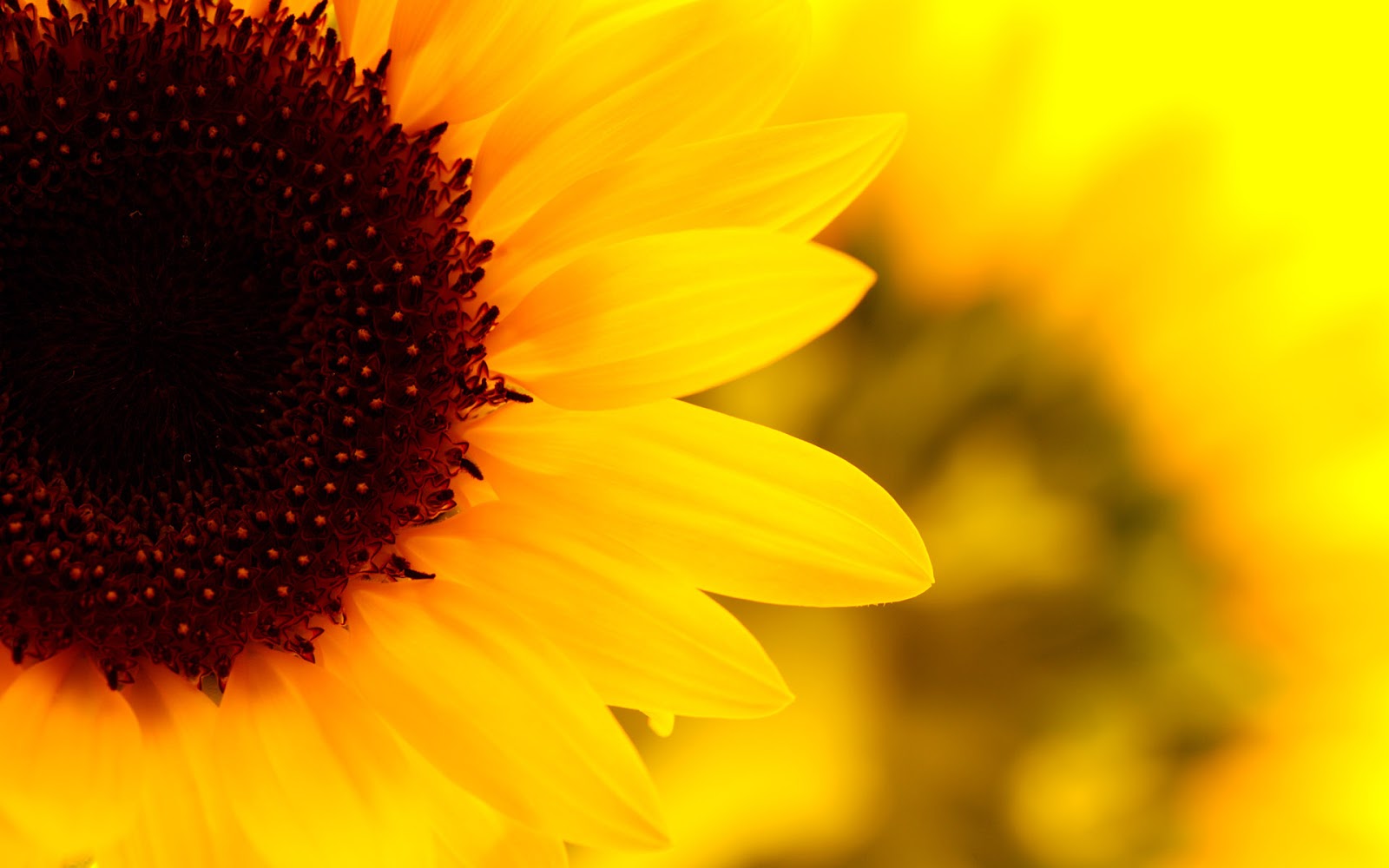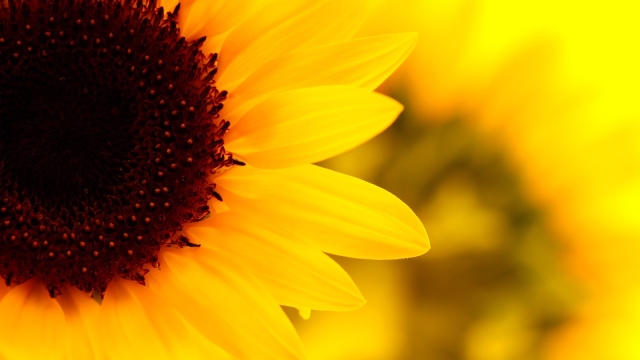As gardeners, we often find ourselves engaged in a constant battle with unpredictable pests and ever-changing weather conditions. One such adversary that can wreak havoc on our beloved plants is the infamous cabbage worm. These tiny yet formidable creatures have a knack for infiltrating our carefully tended cabbage patch, leaving behind a trail of destruction. But fear not, for in this article, we will equip you with the knowledge and strategies needed to conquer these pests and protect your cabbage harvest.
On a brighter note, amidst the ongoing battle with cabbage worms, there is a delightful reward waiting to be reaped from another corner of the garden – a bountiful sunflower harvest. These magnificent flowers not only add a touch of vibrant beauty to any landscape, but they also provide an abundance of seeds that can be savored, shared, or even used to produce oil. In this article, we will explore the art of harvesting sunflowers, ensuring that you can enjoy the fruits of your labor and maximize the potential of these sunny delights. So, let us dive into the enchanting world of gardening, as we uncover the secrets to conquer cabbage worms and savor the sweet success of a sunflower harvest.
Identifying and Preventing Cabbage Worm Infestation
Cabbage worms can be a pesky problem for gardeners, but with the right knowledge and preventive measures, you can conquer these unwelcome visitors and protect your precious cabbage plants. Here are some tips to help you identify and prevent cabbage worm infestation:
Spotting the Culprits: Cabbage worms are actually the larvae of a small, white butterfly known as the cabbage white butterfly. These butterflies lay their eggs on cabbage leaves, and once hatched, the larvae feed on the leaves, causing damage to the plant. To identify cabbage worms, look for small green caterpillars with velvety bodies and pale yellow stripes. They blend well with the cabbage foliage but can be spotted with a keen eye.
Implementing Physical Barriers: One effective way to prevent cabbage worm infestation is by installing physical barriers. These can be in the form of floating row covers or netting that create a barrier between the cabbage plants and the adult butterflies. These barriers work by preventing the female butterflies from reaching the cabbage leaves to lay their eggs. Remember to secure the covers tightly around the plants to ensure no gaps are left for the butterflies to sneak through.
Encouraging Natural Predators: Another natural method to combat cabbage worm infestation is by encouraging the presence of natural predators in your garden. Beneficial insects like ladybugs, lacewings, and parasitic wasps feed on cabbage worm eggs and larvae. You can attract these beneficial insects by planting nectar-rich flowers nearby, such as marigolds or alyssum. Creating a diverse and welcoming habitat for these garden allies will help keep the cabbage worm population in check.
Remember, early detection and timely action are key to preventing cabbage worm infestations. By following these preventive measures, you can enjoy a thriving cabbage garden without the annoyance of these garden intruders.
Stay tuned for the upcoming sections where we explore harvesting sunflowers and tips for a successful harvest season.
Effective Strategies for Controlling Cabbage Worm Infestation

Cabbage worms can wreak havoc on your garden, causing extensive damage to your precious plants. However, with the right strategies in place, you can effectively combat these voracious pests and protect your cabbage crops. Here are three proven methods for controlling cabbage worm infestation:
Handpicking: Manual removal of cabbage worms is a time-tested and eco-friendly method. Inspect your plants regularly, paying close attention to the underside of leaves where these worms often hide. When you spot a cabbage worm, simply pluck it off the plant and dispose of it in a sealed container or bucket of soapy water. This hands-on approach helps to keep the population of cabbage worms in check and minimize their damage.
Natural Predators: Introducing natural predators can be an excellent biological control method. Encouraging beneficial insects, such as parasitic wasps, ladybugs, and lacewings, to inhabit your garden can help keep cabbage worm numbers in balance. These predatory insects feed on cabbage worms and their eggs, acting as natural pest control. Consider creating a garden environment that attracts and supports these helpful predators by planting flowers such as daisies, marigolds, and parsley.
Protective Barriers: Using physical barriers is another effective strategy to prevent cabbage worm infestation. Floating row covers made from lightweight fabric can be draped over your cabbage plants, creating a physical barrier that prevents adult moths from laying their eggs. Ensure the cover is securely anchored to the ground to deter any pests from accessing your valuable crops. Remember to remove the covers during flowering to allow for pollination before reapplying them.
By implementing these effective strategies, you can successfully control cabbage worm infestations in your garden and ensure a bountiful harvest of delicious and healthy cabbage. Stay tuned for the next section, which will focus on how to maximize your sunflower harvest!
Harvesting and Maximizing Sunflower Yields
Sunflowers are not only beautiful to look at but can also provide a bountiful harvest if properly cared for. In this section, we will discuss some tips and techniques to help you maximize your sunflower yields.
Timing is key when it comes to harvesting sunflowers. To ensure the best quality and flavor, it is important to harvest them at the right time. The ideal time to harvest sunflowers is when the back of the flower heads turn from green to yellow and the petals start to wilt and fall off. This indicates that the seeds are mature and ready to be harvested.
When harvesting sunflowers, it is recommended to use sharp pruning shears or a sharp knife to cut the flower heads from the stems. Make sure to cut the stem about 3-4 inches below the flower head. Harvesting them in this way will make it easier to remove the seeds later on.
After harvesting the flower heads, it is important to properly dry them before extracting the seeds. To do this, hang the flower heads upside down in a dry and well-ventilated area, such as a shed or garage. Leave them hanging until the backs of the flower heads are completely dry and the seeds are easily detachable.
How To Harvest Sunflower Seeds
By following these simple tips, you can ensure a successful sunflower harvest and enjoy the fruits of your labor. So, go ahead and conquer those cabbage worms in your garden, and savor the abundance of sunflowers in your harvest!
